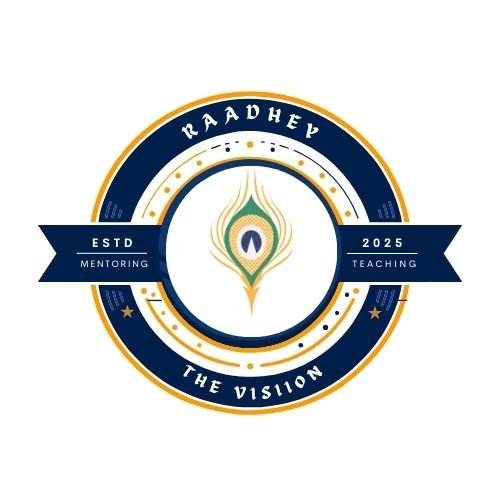India’s Position in the World Happiness Report 2025: A Detailed Overview
India’s position in the World Happiness Report 2025 has shown a modest improvement compared to the previous year. However, it remains relatively low compared to its global peers, reflecting challenges and opportunities for growth in enhancing national well-being.
1. India’s Ranking in the World Happiness Report 2025
India’s Rank: In the World Happiness Report 2025, India occupies the 118th position out of 147 countries, up from 126th in 2024. Although this is an improvement, it still places India below many of its neighboring countries like Nepal, Bangladesh, and China.
2. What the World Happiness Report Measures
Global Happiness Assessment: The World Happiness Report, published annually by the Wellbeing Research Centre at the University of Oxford, assesses global happiness based on a variety of key factors. These factors include:
Social Support: The level of community and social relationships that individuals can rely on.
Income and Wealth: The economic well-being and financial stability of citizens.
Freedom to Make Life Choices: The personal autonomy to make choices regarding one’s life and future.
Generosity and Trust: The societal levels of trust in others and generosity in helping people.
Methodology: The report is based on survey data collected by Gallup and the UN Sustainable Development Solutions Network, drawing on responses from individuals across a wide demographic range.
3. Finland Tops the Happiness Rankings for the 8th Consecutive Year
Global Leaders: For the eighth consecutive year, Finland is ranked as the happiest country in the world. Finland’s consistent ranking highlights its strong social welfare system, emphasis on community well-being, economic stability, and mental health initiatives, which are critical factors contributing to its national happiness levels.
Other Leading Nations: Countries like Denmark, Iceland, and Switzerland also feature in the top ranks, reflecting their commitment to social support systems, high standards of living, and individual freedoms.
4. The 2025 Theme: “Caring and Sharing”
Significance of Kindness: The theme for the World Happiness Report 2025 is “Caring and Sharing”. This theme emphasizes the positive impact that kindness, generosity, and community care have on personal happiness.
Impact on Happiness: Nations that prioritize social engagement, equitable access to resources, and strong social safety nets tend to report higher levels of happiness. This underscores the importance of creating environments that foster interpersonal care, social connectivity, and mutual support.
5. India’s Challenges and Opportunities
India’s Positioning in the Global Context: Despite the slight improvement in its ranking, India still faces significant challenges that impact its national happiness levels:
Economic Disparities: Economic inequality remains a pressing issue, affecting access to healthcare, education, and financial stability for many Indians.
Social Inequalities: India continues to grapple with social inequality, including caste-based discrimination, gender disparity, and other forms of social exclusion.
Mental Health Concerns: There is growing awareness about mental health issues in India, yet access to mental health support is still limited for many people.
Areas for Improvement:
Mental Health Support: Improving access to mental health services, addressing stigma, and promoting psychological well-being would enhance the overall happiness of citizens.
Economic Equality: Reducing income disparities and ensuring more equitable access to resources can improve life satisfaction across social classes.
Community and Social Engagement: Encouraging community-driven initiatives and building stronger social support networks would go a long way in fostering a sense of belonging and trust.
6. How India Can Improve Its Happiness Ranking
Policy Reforms: India can work towards improving its happiness score by implementing policies focused on reducing inequalities, enhancing social safety nets, and ensuring that all citizens have access to basic services.
Focus on Education and Empowerment: By investing in education, health, and economic empowerment, particularly in rural areas, India can create more equitable opportunities for its citizens to thrive.
Promoting Social Cohesion: Promoting social harmony and inclusiveness by addressing social divisions and encouraging a more compassionate society can also contribute to improving national happiness levels.
Conclusion
India’s position in the World Happiness Report 2025, ranked at 118th, reflects a slight improvement but still points to significant room for growth. To elevate its ranking and improve the well-being of its citizens, India must address systemic challenges such as economic inequality, mental health access, and social inequities. By focusing on strengthening social support systems, promoting mental health awareness, and fostering a more inclusive and equitable society, India can improve its happiness levels in the coming years. Ultimately, national happiness is a reflection of the collective well-being of individuals, and with concerted efforts, India can work towards a future where happiness is more widely shared.

